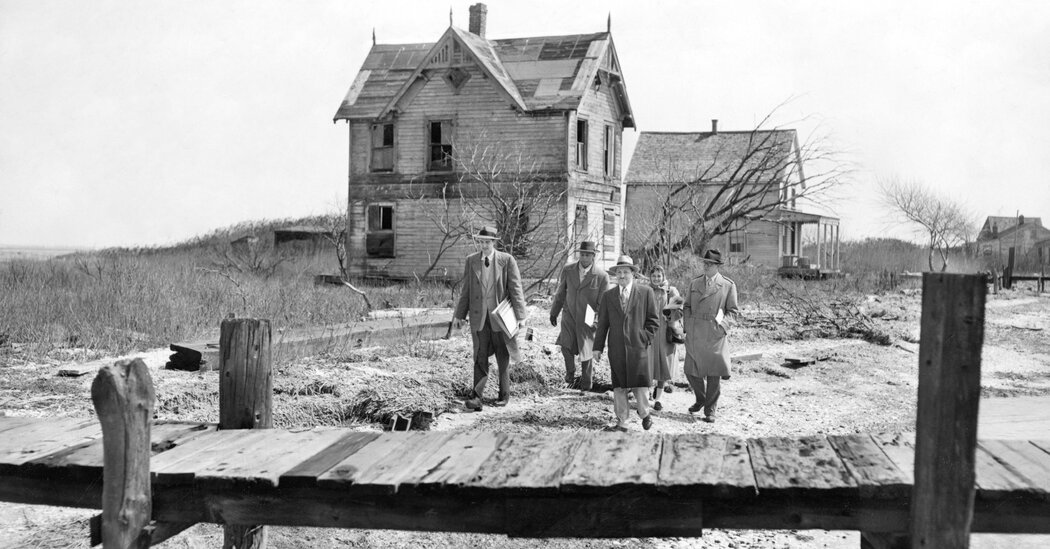
“We have about 400,000 volunteers that index records all the time,” said David E. Rencher, the chief genealogical officer at Family Search. “For a project like this, where we rally the community, we’ll get a bump, probably several hundred thousand, just to do this.”
That army is but one indicator of the national fascination with tracing family histories, a passion that Mr. Menashes traces to the 1977 television mini-series “Roots,” which explored the journey from enslavement to freedom of the ancestors of the author Alex Haley. The program dovetailed with the dawn of the computer era and with it, the ability to search literally billions of genealogical records online.
Experts in the field call genealogical records an important window on history. But deep down, they say, the records scratch an itch among most people to learn about their predecessors, uncover surprises and locate the occasional black sheep.
“Everybody has a natural curiosity about family history,” said Mr. Rencher. “It doesn’t mean you want to become a family historian. But there needs to be a place where you can go when you’re curious and say, ‘I wonder what my family was doing in 1950?’”
Taneya Koonce, president of the Nashville chapter of the Afro-American Historical & Genealogical Society, said she would be online early Friday looking for records of her grandparents, who lived in North Carolina. But she said the 1950 records are likely to be of special interest to many African Americans because they help document the great migration of Black families from the rural South to the industrial cities of the North.
“The census is such an important foundational body of information to have when you’re doing family history,” she said. “You can explore what was going on in the neighborhood at the time, how much income the family was bringing in, where a person was born.”
Mr. Menashes said the new records would provide his first look at his parents, who were young children in New York City in 1950. “For me, it’s interesting, first of all, to know their addresses,” he said. “New York’s archives have this wonderful imagery of streetscapes in the ’40s and ’50s. It’s amazing to be able to connect an address to what a place looked like.”




